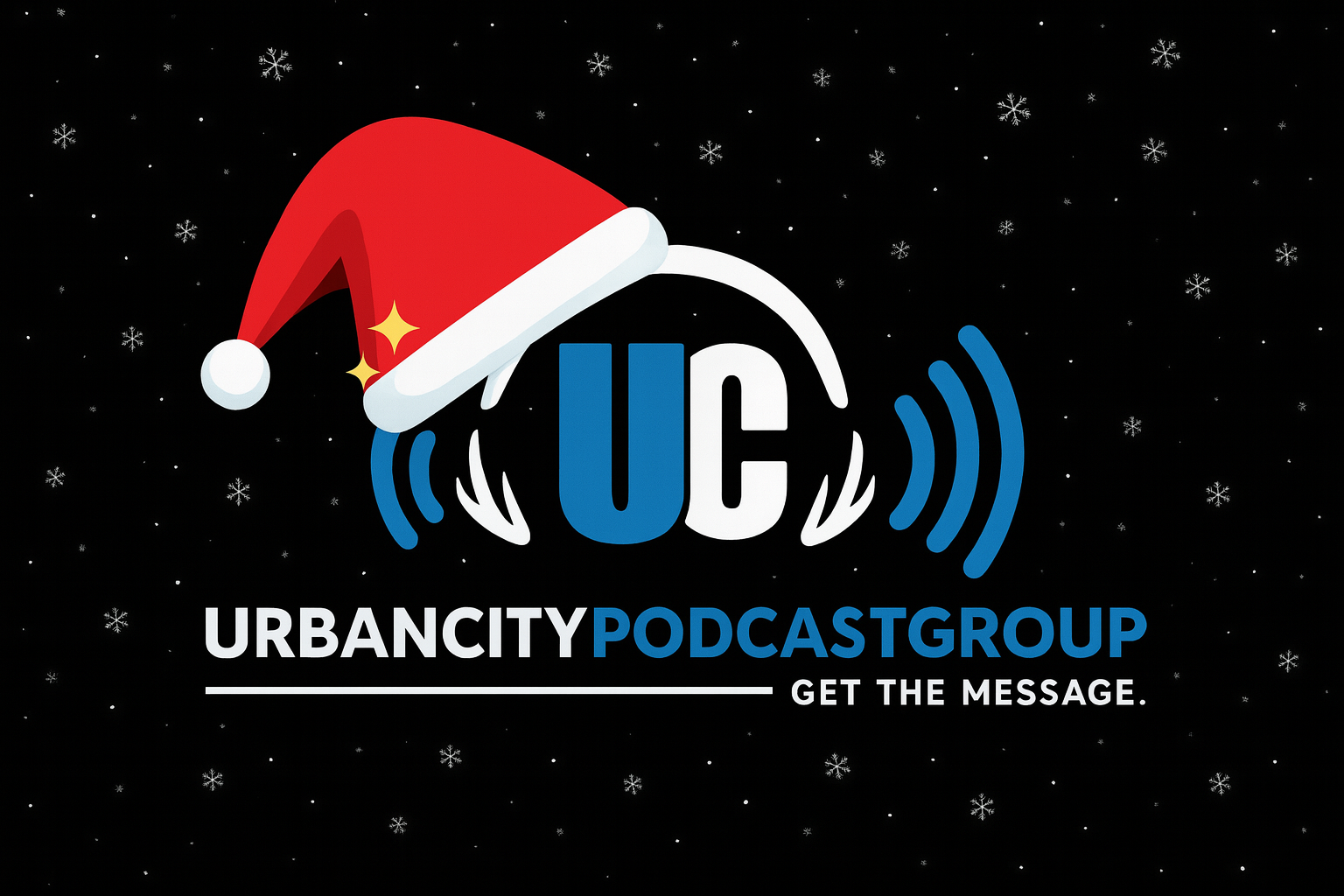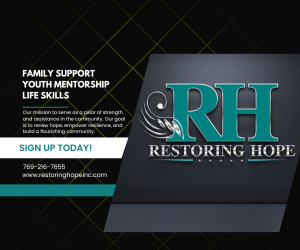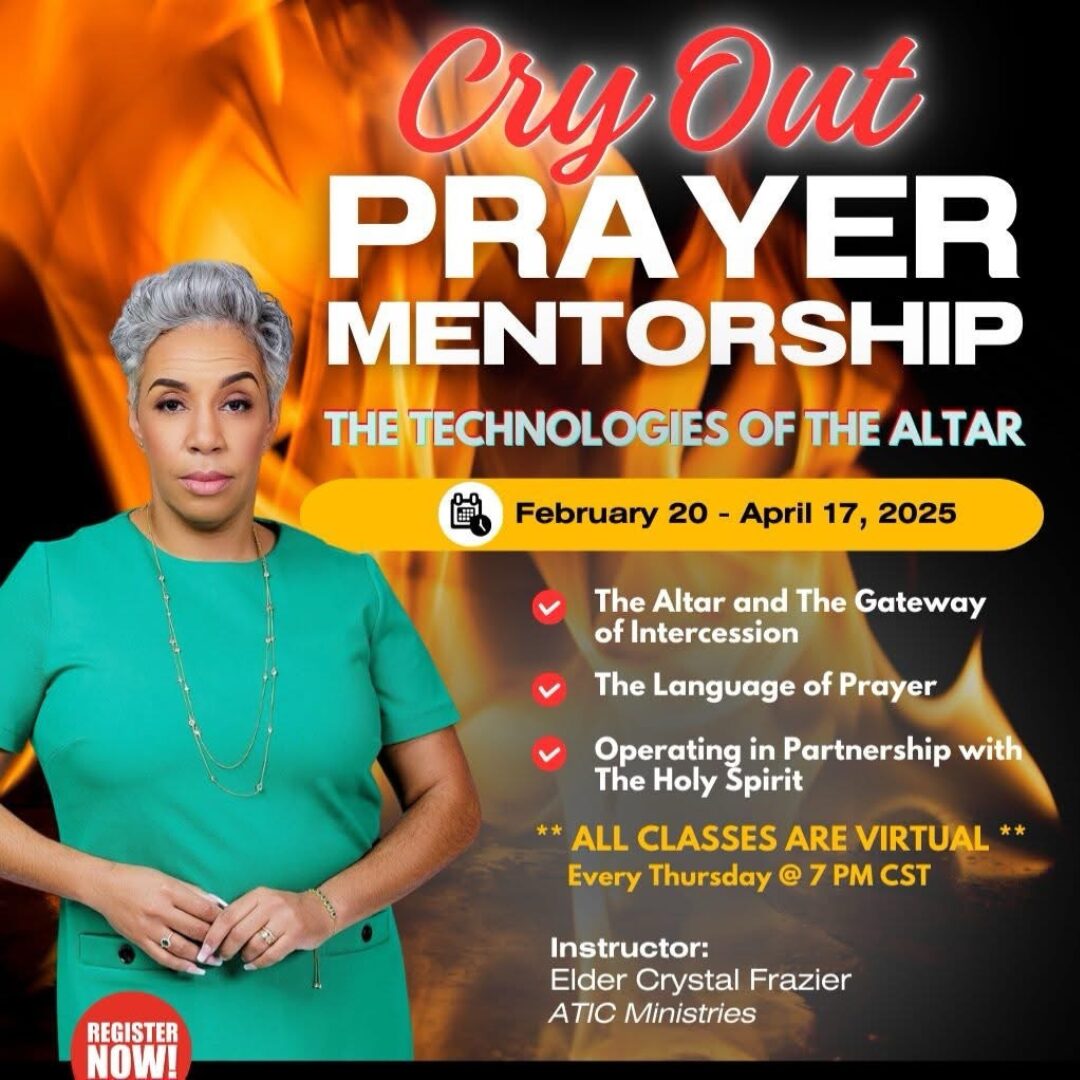This week, on Viewpoints. These sites can often encourage you to be physically active, to get out the door, to have somewhere to go, and to see people, to be around. From church basements to rec centers to your neighborhood diner, what happens when all the informal places we meet start vanishing? Then… Oftentimes, if a person reads a recipe and there’s stuff they don’t like or an ingredient they can’t find, they’re either not going to make the recipe at all, or they’re going to make it without it, and it’s probably not going to be as good.
How to enjoy cooking at home. I’m Marty Peterson. And I’m Gary Price.
These stories in-depth this week on your Public Affairs magazine, Viewpoints. $5,000. That’s the average amount of money people in the U.S. are now spending on gas in a year.
Five grand. That’s crazy. If you drive, you have to download Upside, the free app that gives you cash back every time you get gas.
That’s right. You can earn real cash back with Upside just by buying the gas you’re already buying. You can literally start earning cash back today.
I use Upside every time I fill up, and I’ve already made around $200, $300. You’re putting gas in your car anyway. Why not get real cash back? If you like free money, download Upside.
I’m saving the cash I earn from using Upside to help pay for a vacation later this year. Download the free Upside app now to earn cash back every time you buy gas. Use promo code OWN to get an extra 25 cents per gallon on your first tank.
You can cash out any time right to your bank, PayPal, or a gift card for Amazon and other brands. Just download the free Upside app and use promo code OWN for a 25 cents per gallon bonus on your first tank. That’s code OWN for a 25 cents per gallon bonus.
You used to know where to find people. The chess players at the park? The woman who led free yoga classes at the rec center every Wednesday? The owner of the local cafe who knew your name and was always in the know about what was happening around town? And then, slowly, quietly, these neighborhood staples started to cut hours or vanished entirely. These spots, which are referred to as third places by sociologists, were never glamorous but felt familiar and reliable, and without them, something bigger has slipped away.
A sense of belonging. Literature has shown that these bridging ties, this sense of kind of a broader sense of social cohesion and capital and support with each other, is immensely, immensely important for our kind of collective health as a community and as a society. That’s Dr. Jessica Finlay, an assistant professor in the Department of Geography and Institute of Behavioral Science at the University of Colorado Boulder.
Part of her research looks at how a person’s built and natural environment affects their health and well-being as they age. My research looks at how neighborhoods might impact dementia risk. So does your neighborhood enable you to be socially active, physically active, cognitively stimulated in creative and complex learning activities, and not overexposed to hazards? So altogether, where we live fundamentally shapes who we are and how well we live and how long we live.
Finlay breaks down the meaning behind the phrase and what exactly qualifies as a third place. So home is your first place if you’re fortunate enough to have a home environment. Work and school, I would argue, are your second places.
And then third places are the sites that we choose to gather and connect with other people. So these sites can often encourage you to be physically active, to get out the door, to have somewhere to go and to see people, to be around. They can be literally sites where you exercise.
Maybe it’s that running group or that gym or yoga studio or dance class or place you play with your kids in a pool or a bowling studio if you’re older. And then they can also often encourage you to be social. These are the places that we can gather and connect with each other.
Maybe it’s the place where a book club meets or it’s a site where you know all the regulars and get to be around others. It can also have really, I think, in an era and concerns about an epidemic of loneliness, it can also be places for just indirect and ambient social contact. So not just meeting up with planned community contacts that you have, but being able to sit somewhere and soak up the sounds of conversation or people around you.
According to the Centers for Disease Control and Prevention, social isolation increases dementia risks by 50% and is associated with higher rates of heart disease, stroke, cognitive decline and depression. For older adults who are retired and live alone, these third spaces play a key role in lessening feelings of disconnection and loneliness. However, despite what we know, these community hubs are disappearing.
Across the country, many museums, libraries and recreation centers have closed or severely cut hours due to funding cuts. Mom and pop shops have shuttered under economic pressure. On top of this, the chain establishments that have replaced these spaces aren’t designed in a way that welcomes lingering or conversation.
You might notice, depending on what cities you live in, frequent benches that have the barricades within them or spikes that prevent people from sleeping or being in parks at certain times. Even coffee shops, some of the big chains, have started to take away the tables. They’ve put literally uncomfortable chairs in the few spots where they have them.
We’re even losing, sometimes, like, instead of a person working, we’re encouraged to, you know, use a screen to do our orders and not just talk to someone. So, you know, this technology and some of this, you know, high-paced life, I think it’s even filtering into the third places that are still here. In addition to design, these spaces also need to be affordable.
A low-income retiree may live right next door to a nice cafe, but if a latte costs $7 and the chairs are too high, this space doesn’t work for them. For many Americans right now, money’s tight and there isn’t much disposable income to spend on outings. We’re hearing, people are sharing on surveys or interviews, very limited budgets and not being able to, having to choose quite carefully where they go and what they can engage in.
For example, if you have country clubs that are only catering to a very certain economic bracket or other ways of kind of informally, informally shaping spaces that make them less available and accessible to certain individuals, I do need to recognize that they’re not always uniformly accessible or affordable, available to all of us. While these third spaces remain, but only for those who can afford the dues, others are quietly disappearing altogether. And it’s often in the neighborhoods with the fewest resources that need them most.
When we looked at the trends, we are seeing an exacerbation, less access or accelerated closures in some of our more vulnerable communities. So communities, neighborhoods that had lower incomes, higher shares of Black residents, isolated rural areas, all of these types of places were losing third places at a greater rate. But it’s all not doom and gloom.
As awareness grows, so do the efforts to protect existing third spaces and create new community-led groups. I’ve talked a lot about formal businesses and civic establishments that exist kind of in a top-down way. But there’s also, you know, community gardens, walking clubs, very informal ways of trying to boost togetherness across, you know, economic divides, across generational divides, creating playgrounds, for example, that have infrastructure for not just children to play in that site, but the shaded benches for adults or older adults to sit, or the exercise equipment for older, for adults to be engaged in, or chess boards, bathrooms, just trying to serve everyone across generations.
I have seen increased planning and intentional investment in multigenerational third places that I think is really promising and exciting to see. As towns and cities debate on how to build more inclusive public space, a different kind of gathering is also happening, one that exists entirely in the digital world. This can cover online book clubs, Zoom trivia nights, gaming forums, even virtual reality.
For older adults with mobility issues who can’t get to physical spaces, these online activities can fill the void. But Finlay does voice some concerns. Folks have shared in our studies that online engagement can be more hostile and tense in the way that we use language that might not be expressed in person.
We’re also seeing some siloing into, you know, algorithms are pushing us into more of those bonding ties, engaged in kind of perspectives, causes and activities that already align with our existing perspectives, maybe not broadening our minds as much in what we might get when we gathered in person for more of a broadly connected activity or place. So online offers a lot of opportunity and it’s a major shift we’re seeing, but it comes with some risks and some concerns. But it is really opening up the world for some individuals, especially, for example, in rural areas or those who are more isolated.
So online is one way it can help. The Internet can simulate connection, but it can’t replace the feeling of being in person. If you’re at a free outdoor concert or sitting on a park bench, it’s not about striking up a great conversation, but it’s the small smile, wave or compliment that can turn someone’s day or week around.
These little moments and having those, I mean, they literally add up into greater health and well-being. We have studies that show if you have a greater number of these really even just small, tiny, indirect, low stress social contacts throughout your day and throughout your week, it’s literally linked in studies with tens of thousands of people across the world. Having these greater little social moments of connection with each other is linked to living longer, to increase longevity.
So they really, I think it’s something we can hopefully all do. Something small is just giving that nod, that wave, that friendly hello. Striking up a conversation could, you never know, it could literally save someone’s life.
It’s impossible to bring back every closed neighborhood bar or diner, but we can show up for the still open places that bring people together. As citizens, this means backing candidates that protect funding for public spaces like libraries, park district programs and recreation centers. It’s also important to support local establishments instead of national chains when possible.
To learn more about this topic, links to resources and our guest, Dr. Jessica Finlay, visit ViewpointsRadio.org. For more behind the scenes and to support our show, follow us on Instagram X and Facebook at Viewpoints Radio. This segment was written by our executive producer, Amira Zaveri. Our studio manager is Jason Dickey.
I’m Gary Price. Coming up, how to hack cooking at home so it’s easier and more enjoyable when Viewpoints returns. Hi, I’m Michael from the Warren Treaty.
You know the jingle. Now discover the facts about Ozempic, a GLP-1. Only Novo Nordisk makes FDA approved Ozempic.
Learn about the real thing. Talk to your health care professional today. Call 1-833-OZEMPIC or visit Ozempic.com to view the medication guide and to learn more about Ozempic, semaglutide injection 0.5 milligrams.
I can’t believe how spotless my floors look after using the Swiffer Power Mop. No more dragging around a heavy mop and messy bucket. Now I get the same deep clean without all the work.
Thanks to the powerful solution and scrubbing pad of the Swiffer Power Mop, dirt and grime don’t stand a chance and I don’t break a sweat. Mic drop. I mean mop drop.
A smarter way to mop. Try it or your money back. $5,000.
That’s the average amount of money people in the U.S. are now spending on gas in a year. Five grand. That’s crazy.
If you drive, you have to download Upside, the free app that gives you cash back every time you get gas. That’s right. You can earn real cash back with Upside.
Just by buying the gas you’re already buying. You can literally start earning cash back today. I use Upside every time I fill up and I’ve already made around two, three hundred dollars.
You’re putting gas in your car anyway. Why not get real cash back? If you like free money, download Upside. I’m saving the cash I earn from using Upside to help pay for a vacation later this year.
Download the free Upside app now to earn cash back every time you buy gas. Use promo code OWN to get an extra 25 cents per gallon on your first tank. You can cash out any time right to your bank, PayPal or a gift card for Amazon and other brands.
Just download the free Upside app and use promo code OWN for a 25 cents per gallon bonus on your first tank. That’s code OWN for a 25 cents per gallon bonus. After a summer spent trying new restaurants and just generally eating out more, we’re ready to fall back into more of a routine.
One way to do this is by cooking at home more. Cooking for yourself can make it easier to stick to a set budget and control what you’re putting in your body. But sometimes deciding what to cook can take so much planning and prep.
One person who’s familiar with the toll of this mental load is chef and American food writer Alison Roman. She hopes to help reduce some of this pressure by providing recipes that you can turn to again and again. The impetus behind it was really just to say, listen, you can have as exciting a meal in your own kitchen as you can in a restaurant, and then it becomes food as entertainment and hobby.
And you’re obviously feeding people, so it’s practical. But I don’t know, there’s something nice about being able to cook and eat exactly how you want to. One of her recipes, a chocolate chip shortbread cookie, has even been dubbed the Internet’s most famous cookie due to so many foodies trying the recipe at home and sharing their results on Instagram.
So how did her new spin on an old classic gain so much attention? Even Roman isn’t entirely sure. I think, you know, it was the perfect storm of a recipe feeling familiar and also new at the same time, which is exciting. But also, you know, I did a fair amount of promotion of the cookie, but only because I noticed people making it.
I just kind of set the fire. I didn’t try to make it a thing. It just kind of became a thing, which was really exciting.
Roman says that reaction is exactly what she was hoping for when she was writing the book. She wants her recipes to be something everyone can enjoy, which is not always the case. I get in the shoes of the home cook because I am a home cook.
And I want to think, what is this person asking me to do when I read a recipe? And am I really going to do it? And oftentimes if a person reads a recipe and there’s stuff they don’t like or ingredients they can’t find, they’re either not going to make the recipe at all or they’re going to make it without it. And it’s probably not going to be as good. So I try to just get in front of that and not make anything too off-putting or challenging.
And just from the get-go, make it accessible. You know, like these are ingredients I’ve heard of. And if you haven’t, then I’m going to explain what they are and tell you why you should buy them.
It’s not just about your ego. It’s not about you as a cook or a chef and what you know how to make, but it’s about getting other people to cook. And they’ll only do that if they can feel empowered and if they feel like the recipe is approachable enough and they’re not put out by having to spend four hours doing something or track down eight different spices and, you know, use every pot in their kitchen.
So, you know, I try to just kind of think, what would I do? And am I going to use eight different pots? Definitely not. Am I going to run all over town and go to the butcher and go to the spicer and go here and go here and go here? Probably not. I want to do something that feels realistic and practical, but also nice and special at the same time.
So how does Roman start writing her recipes? She says that for her, it begins with the name. I kind of envision what this is and what it would taste like and how it’s going to eat, how long it’s going to take to cook and all that stuff. You know, from then I start developing, I start cooking and occasionally things just don’t work.
They don’t click and they need another ingredient or they need to be scrapped entirely or I decide, oh, this is actually better with chicken, not pork. You know, there’s a lot of different ways that a recipe can go. A lot of a lot of different avenues it can go down.
And, you know, a lot of it is in the name. And I think that you’re not going to make something unless it sounds really good. And one of the things people have told me about this cookbook is they say I read it and without even cooking from it, everything sounds like something I want to make.
And that’s really important. And I think it’s the same thing with a menu in a restaurant. You know, if something doesn’t sound appetizing or wonderful, then you’re probably not going to order it.
So oftentimes a lot of it’s just thinking how you describe something or word it. In addition to writing the cookbook, Roman does have some tips for those of us who dream of making healthier meals at home as an alternative to eating out. She says one of the easiest is to make sure you stock your house full of healthy ingredients.
I’m a huge fan of vegetables. I cook vegetables for every meal. And oftentimes it’s the bulk of the meal.
I eat very little meat. I eat very little, you know, starchy, carby thing. I mean, what I do, I really make it count.
I’ll eat an entire pot of macaroni and cheese to myself. But I ate a whole roast chicken yesterday in my kitchen alone. But I think that it’s having more variety of vegetables on your table and, you know, having things like whole grains already cooked for you in your refrigerator, it takes a lot of the guesswork out of asking yourself, what am I going to make? So if you look in your fridge and you have a fennel bulb and some carrots and maybe some grains and herbs, like you already have what could be a really great dinner without having to overthink it.
And you’re saying, oh, you know what? I’m just going to order something online, or I’m just going to go get a burger, or I’m going to, you know, you kind of have to think for your future self and plan ahead in order to make it something that is actually doable. And part of the way that I combat that is just not keeping stuff in the house that I wouldn’t be proud to eat, I guess. She says she hopes her recipes and tips can be a starting point for at-home cooks who can then personalize the options to their own tastes.
Every time I cook, I kind of try to take it as an opportunity to make something new, especially when kind of faced with the reality that I’m going to keep writing recipes indefinitely, you know, hopefully for the rest of my life. So I rarely make the same thing twice. I’ll make a version of something, or there’s a technique that I love, but, you know, I try to kind of always do something new and different just to kind of experiment and see, oh, what if I roasted it with this, or at this temperature instead of this temperature, or rubbed it with that first, or, you know, marinated this overnight, or, you know, there’s a lot of different ways to cook stuff.
And I try to kind of, every time I’m doing it, take an opportunity to do it differently. So to have the favorite recipe in the book now, especially, you know, I’m kind of trying to move on, but there’s certain things that do follow me. In the summertime, I do a lot of grilling, of course, so I’m making, you know, versions of, you know, like the branzino with preserved lemon, or, you know, the shrimp with the garlic.
I like a lot of seafood in the summer. And then, you know, in the springtime, I don’t think that there’s any better way to eat a steak than with buttered radish toast. So I make a lot of that, or just, you know, a variation on that.
Ultimately, Roman says the power of her cookbook, and of any cookbook really, comes in what people make of them, and the impact it can hopefully have on other people’s lives. Nothing makes me happier when people say, oh, you know, I haven’t cooked in years, or I haven’t bought a new cookbook in three years, but someone told me I had to have this one. And, you know, my daughter doesn’t eat kale, but she ate your salad.
And my husband doesn’t even like pork chops, but he couldn’t wait for me to make this again. You know, there’s a lot of feedback that I get from people that is sort of the best case scenario for me. And really what it is, is feeling like I’m making a difference in their eating habits, and the way that they’re cooking, and kind of creating new rituals for them.
And that’s the best thing that can happen, for sure. You know, and that was sort of the goal behind it, is that I wanted to create something that was like a new classic for people in their homes, and something that would be able to sit next to their stove, and something that they reach for again and again. And whether it becomes something they adapt and make their own, or they’re following their recipe exactly the same each time, it doesn’t really matter.
You know, the fact that that book is now part of their home life is really cool. For more cooking tips, and to learn more about our guest, Alison Roman, head to ViewpointsRadio.org. You can also find both of her cookbooks, Nothing Fancy and Sweet Enough, online and in select bookstores. For more behind the scenes, and to support our show, follow Viewpoints Radio on Instagram, X, and Facebook.
This segment originally aired in April of 2018, and was written by Evan Rook. Our executive producer is Amira Zaveri. Our studio manager is Jason Dickey.
I’m Marty Peterson. Viewpoints returns in just a moment. $5,000, that’s the average amount of money people in the U.S. are now spending on gas in a year.
Five grand, that’s crazy. If you drive, you have to download Upside, the free app that gives you cash back every time you get gas. That’s right.
You can earn real cash back with Upside, just by buying the gas you’re already buying. You can literally start earning cash back today. I use Upside every time I fill up, and I’ve already made around $200, $300.
You’re putting gas in your car anyway. Why not get real cash back? If you like free money, download Upside. I’m saving the cash I earn from using Upside to help pay for a vacation later this year.
Download the free Upside app now to earn cash back every time you buy gas. Use promo code OWN to get an extra 25 cents per gallon on your first tank. You can cash out any time right to your bank, PayPal, or a gift card for Amazon and other brands.
Just download the free Upside app and use promo code OWN for a 25 cents per gallon bonus on your first tank. That’s code OWN for a 25 cents per gallon bonus. This is Viewpoints Explained.
I’m Ebony McMorris. Summer’s not over yet, and if you plan to sneak in a few more beach trips and ocean swims, there’s one hazard you should be aware of. Rip currents.
These powerful flows of water happen mostly along ocean shorelines, and in some cases, great lakes, where waves consistently break on shore. Rip currents form when water gets funneled back out to the sea through a narrow channel. This creates a fast-moving current that can sweep swimmers far from shore in just a few minutes.
People often confuse rip currents with rip tides. They sound similar, but they’re completely different. A rip tide involves the actual movement of the tides, the natural rise and fall of ocean water.
They usually happen near bays, inlets, or rivers where water surges in or out during high or low tide. If you’re at a regular beach and hear a warning, it’s almost always about rip currents. The National Oceanic and Atmospheric Administration reports that about 100 people die from rip currents each year in the U.S. They’re also responsible for almost 80% of beach rescues, according to the U.S. Life Saving Association.
The biggest mistake swimmers make is they panic and try to go against the current. The most important tip is to stay calm and conserve energy. Rip currents don’t pull you under the water, but pull you out and away from land.
If you find yourself in this situation, swim parallel to the shore to get out of the path of the current. Once you’re out, swim back to land at an angle. Always check for advisories before heading out to the beach.
Weather forecasts and local lifeguard stations often flag rip current notices in advance. Beach days are meant to be carefree, but a little knowledge goes a long way when the ocean changes course. That’s Viewpoints Explained for this week.
More in a moment. Welcome to Culture Crash, where we examine what’s new and old in entertainment. Paramore frontwoman Hayley Williams has released solo music before, but never quite the way she released her latest album, which doesn’t seem to have an official name, but that the Internet has dubbed Ego.
The album is something of a choose your own adventure collection, as Williams released all 17 songs as singles and encouraged her fans to put the tracks in whatever order they prefer. Beyond the rollout strategy, though, Ego is a bold collection of 90s inspired songs in its own right. It has some rock heavy Paramore coded tracks like Mirtazapine, a love letter to an antidepressant, and Ice In My OJ, which interpolates the lyrics from one of Williams’s first recorded songs and seems to direct some anger at the music label system that first signed her at 14 years old.
There’s also True Believer, a slow simmer of provocative observations about hypocritical religious leaders and racial inequality, as well as Discovery Channel, a chill interpolation of The Bad Touch by Bloodhound Gang. Some of the other highlights in the collection include Hard, Disappearing Man, Brotherly Hate, and Love Me Different. One thing that is made clear is that Williams is very comfortable experimenting with her lyrics, pulling from all sorts of different influences and telling her audience exactly how she sees it.
On the whole, Ego is a swaggering, playful new chapter from a millennial rock icon who’s unafraid to pull her audience into the sandbox with her. Give it a listen, give it a reorder, and give it up for Hayley Williams. I’m Evan Rook.
Five thousand dollars, that’s the average amount of money people in the U.S. are now spending on gas in a year. Five grand. That’s crazy.
If you drive, you have to download Upside, the free app that gives you cash back every time you get gas. That’s right. You can earn real cash back with Upside just by buying the gas you’re already buying.
You can literally start earning cash back today. I use Upside every time I fill up and I’ve already made around two, three hundred dollars. You’re putting gas in your car anyway.
Why not get real cash back? If you like free money, download Upside. I’m saving the cash I earn from using Upside to help pay for a vacation later this year. Download the free Upside app now to earn cash back every time you buy gas.
Use promo code OWN to get an extra 25 cents per gallon on your first tank. You can cash out any time right to your bank, PayPal, or a gift card for Amazon and other brands. Just download the free Upside app and use promo code OWN for a 25 cents per gallon bonus on your first tank.
That’s code OWN for a 25 cents per gallon bonus. And that’s Viewpoints for this week. Follow us on Twitter, Facebook, and Instagram to learn more about upcoming shows and find a library of past programs on Apple Podcasts, Google Play, and Spotify.
Plus, you’ll always find previous segments and more information about our guests at viewpointsradio.org. Join us again next week for another edition of Viewpoints.















